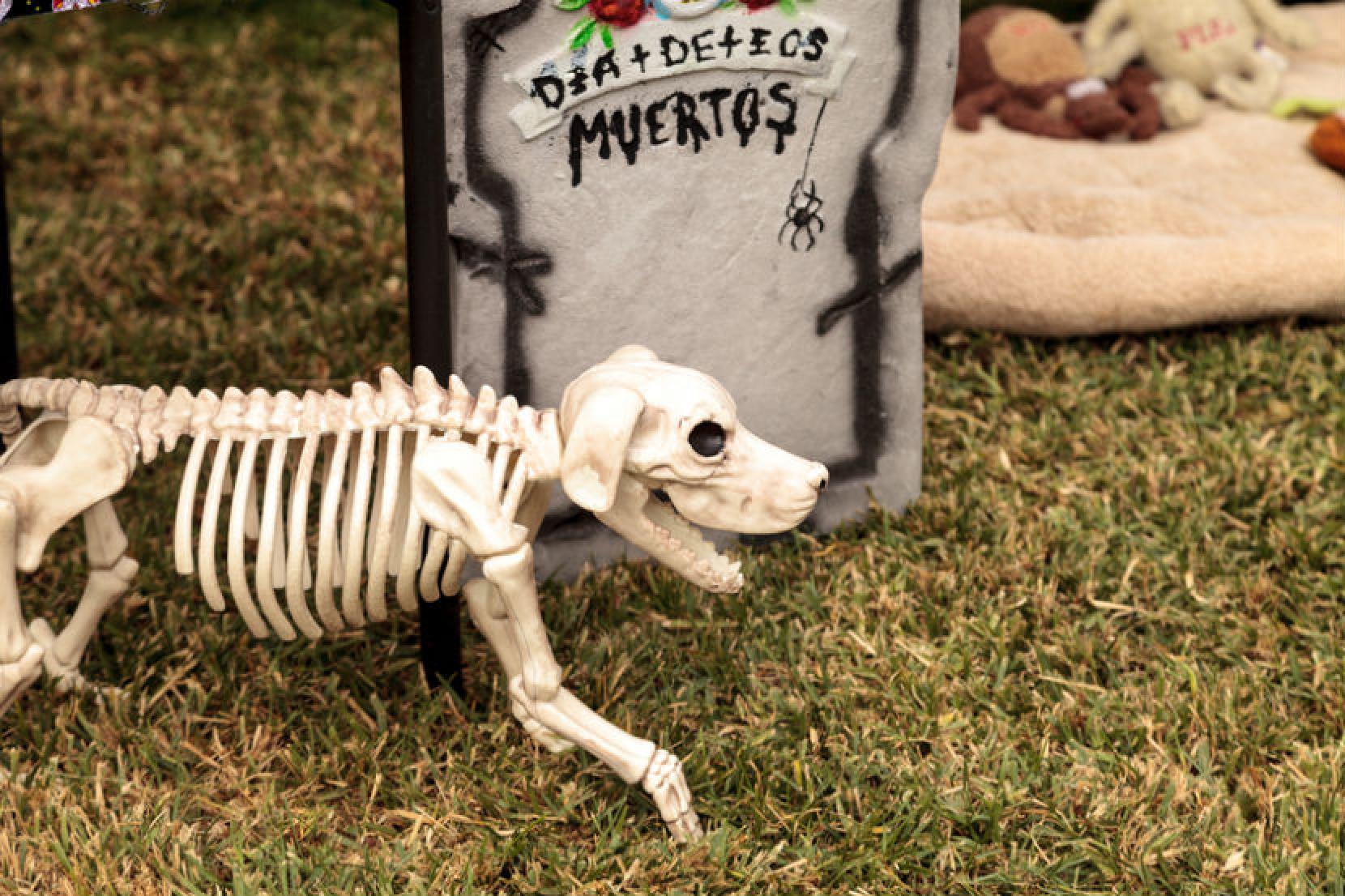El Día de Muertos, or Day of the Dead, has become an emblematic holiday for Mexicans. So much so that Mexico’s government has used the colorful and original imagery associated with this celebration to promote tourism and sell Mexican folklore. Today the country is going through a dramatic wave of violence and impunity, and the Día de Muertos is acquiring a different meaning.
Homicides and disappearances dominate foreign press coverage about Mexico. These are not exactly the kind of “muertos” that make people eager to visit the country or celebrate its traditions.
Even more alarming for Mexican society is that a large part of the violence cannot be blamed solely on the success of organized crime over law enforcement, or the failed “War on Drugs.” The violence also has to do with the failure to admit how widespread misogyny, homophobia, and transphobia are in the country, as well as social practices that normalize everyday discrimination and aggression toward women and the LGBT community.
The fact that violence is rooted in toxic gender dynamics is not news for women in Mexico, the rest of Latin America, or the United States. The current US presidential election, for example, has been marred by ugly rhetoric about women and allegations of sexual assault.
Given this general state of affairs, thousands of people recently took to the streets in Argentina, Brazil, Chile, Mexico, Uruguay, and other countries throughout the region to protest femicide, declaring Ni Una Menos (Not One Woman Less) in response to the brutal murder and rape of an Argentinian teenager. It was an international day of mourning, but mostly a day in which Latin American civil society decided to begin building a more just system, free of violence and fear.
In this context, Mexicans are also beginning to use Día de Muertos altars in a different way, giving them a more political and somber character.
Altars in private homes or cemeteries have traditionally included decorated sugar skulls, colorful cutout paper flower arrangements, and mementos of deceased relatives. Día de Muertos derives from the Catholic celebration All Saints’ Day.
After the Spanish conquest, people set up altars in churches to venerate European martyrs’ relics and departed relatives. Starting in 1833, during a cholera epidemic, church authorities decided to no longer allow burials on their premises, and consequently the festivities moved to cemeteries.
Around 1900, Día de Muertos was already a popular celebration that included parties or subversion of social order. Satirists wrote fake eulogies for disliked politicians, illustrated with skeletons dancing and drinking, and sold them for pennies in the street.
In 1910, one of the most talented penny press printers, José Guadalupe Posada, created La Catrina, a grinning high-society lady skull sporting an elaborate flower hat. These days, the frivolous Catrina is being displaced by more political imagery in spontaneous Día de Muertos altars.
Borrowing tactics from human rights organizations, people place large images or photographs of homicide victims or disappeared persons in public spaces. In fact, a group of activists in Mexico City recently set up an altar in a subway station to commemorate the life of homicide victim Alessa Flores, a transgender activist who fought to promote the rights and dignity of sex workers.
Día de Muertos has never been a static ritual. It has the meaning that people give to it: spiritual, celebratory, but mostly challenging the status quo. In a context in which we all have counted thousands of victims of homicides and disappeared persons in Mexico, maybe there is nothing to celebrate.
But if it helps us to remember and publicly recognize the work and the life of people like Alessa Flores, Día de Muertos might not be dead after all. Perhaps in the future, the ritual will reincorporate its satirical and playful roots, but for now this seems unlikely.
Pilar Zazueta is a lecturer in the Teresa Lozano Long Institute of Latin American Studies at The University of Texas at Austin.
A version of this op-ed appeared in the Dallas Morning News and the McAllen Monitor.
To view more op-eds from Texas Perspectives, click here.
Like us on Facebook.




